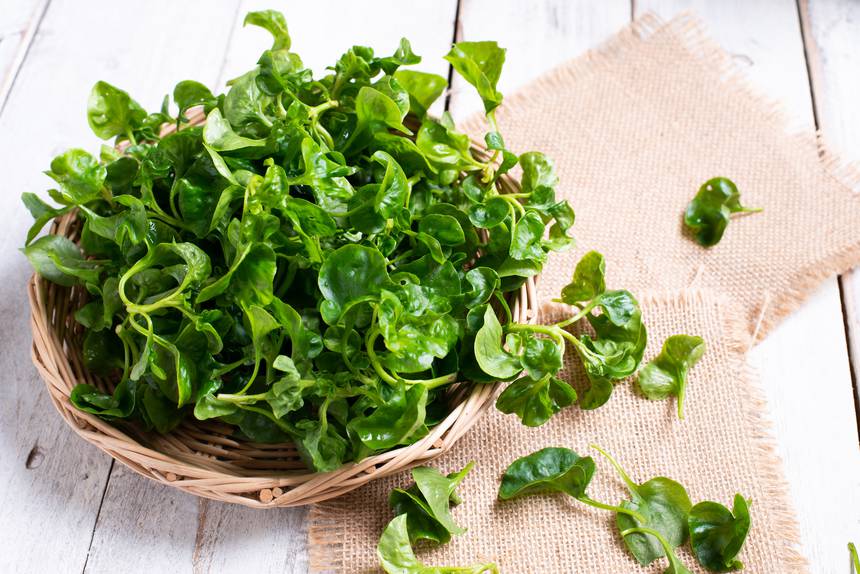Written by Melissa Breyer / TreeHugger
A study ranked fruits and vegetables for nutrients most strongly associated with reduced chronic disease risk.
For years, many of us have been entranced by the lure of “superfoods,” fruits and vegetables bursting with phytochemicals. But there has never been a scientific definition for the superfood label, which has been co-opted by marketing departments and often comes with unfounded claims. Which is a bummer, because obviously some foods are more powerful, nutrient-wise, and it would be great to know which ones.
Spelling that out a bit more clearly was the motive behind a study from a few years ago by Jennifer Di Noia from William Paterson University in New Jersey. Rather than superfoods, she set out to determine “powerhouse” fruits and vegetables (PFV), those which are “most strongly associated with reduced chronic disease risk,” she explains in the research.
What is notably missing from the list are some of the superfood all-stars, like blueberries. Why? Di Noia explains that defining powerhouse foods might be done by looking at both nutrient and phytochemical constituents (those which give superfoods their power). However, she writes, phytochemical data remains a bit vague.
“Defining PFV on the basis of nutrient and phytochemical constituents is suggested. However, uniform data on food phytochemicals and corresponding intake recommendations are lacking,” she writes.
Therefore, this classification ranks fruits and vegetables solely on the basis of “17 nutrients of public health importance per the Food and Agriculture Organization of the United Nations and Institute of Medicine.”
They are: Potassium, fiber, protein, calcium, iron, thiamin, riboflavin, niacin, folate, zinc, and vitamins A, B6, B12, C, D, E, and K.
And these were the winners:
1. Watercress
2. Chinese cabbage
3. Chard
4. Beet greens
5. Spinach
6. Chicory
7. Leaf lettuce
8. Parsley
9. Romaine lettuce
10. Collard greens
We don’t get a non-green thing until number 17: red peppers. Then pumpkin at number 20, carrots at spot 26 and so on.
Interestingly, of the 47 foods analysed, six of them failed to meet the powerhouse criterion: Raspberry, tangerine, cranberry, garlic, onion, and blueberry. Given all the health benefits we know about those foods, I think it’s important to remember that the top 10 here are valuable for the nutrients by which they were ranked – if one were to include other nutritive components, like phytochemicals, there would be a lot more colorful fruits involved. But nonetheless, this serves as a great list when considering vegetables. And yum, watercress for the win!
To see the whole list and more about the research, you can see the study at the CDC: Defining Powerhouse Fruits and Vegetables: A Nutrient Density Approach.



